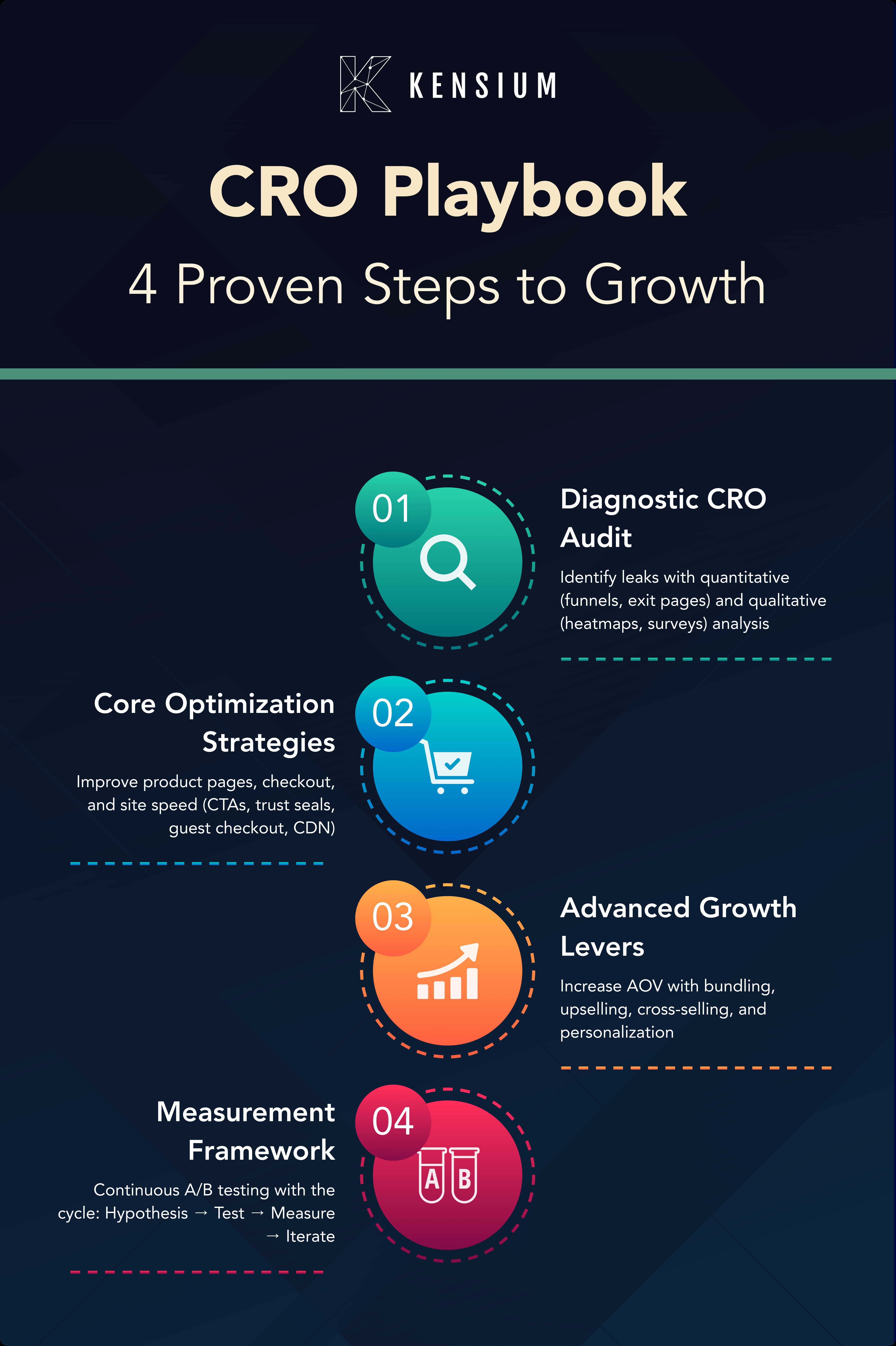
Many online merchants start with a small website built on a WSYWIG (what you see is what you get) platform, like Wix. It’s an easy drag-and-drop platform to showcase your small product catalog, provide product details, and use third-party payment processors. It’s easy to set up and get started showcasing your brand and products. Still, as you grow, this platform isn’t built to handle large amounts of data. It cannot customize and integrate third-party solutions for financials, taxes, shipping, and customer management. This lack of flexibility creates the need for multiple systems to manage individual processes. In the beginning, using separate technology for a few internal processes can work, but it won’t work forever.
When your brand and online ecommerce business outgrows your current platform, it’s time to make a change. It’s critical to any online business’ success that you can leverage existing technology for your business and be prepared for new technologies to meet your customers' needs. This is called Digital Maturity.

What Is Digital Maturity?
Digital maturity is the ability to take advantage of opportunities with new technology development. You can predict digital transformation failures or successes using a digital maturity model for your business. Digital maturity doesn’t just focus on an organization's ability to implement new technology and software. It also focuses on people, culture, processes, and more to create a holistic approach to digitalization.
Why Is Digital Maturity Important?
Digital maturity drives digital transformation because it measures your organization’s preparedness to understand and adapt to evolving customer demands as new technology is introduced. The higher the digital maturity level an organization has, the better the business results because you’re benefitting not only from new technology but also from past investments and increased digitization.
As an organization moves toward digital maturity, there are four main areas of success it sees within the organization:
- Efficiency – Digital maturity leads to efficient business processes. Employees benefit from new technology and tools to streamline their work processes and manage a heavier workload without spending more time on operations.
- Product Quality– Digitization provides data points for actionable insights. With real-time data, organizations analyze the information to predict upcoming issues and mitigate the risks before they occur.
- Customer Satisfaction– Leveraging existing and new technology delivers a unified customer experience and provides personalized communication. Merging technology and personalization increases customer satisfaction.
- Employee Training & Engagement– Employees often need to be trained on new technology and processes to keep them digitally savvy. Employee training and engagement are critical to the success of any new technology introduced.
Digital Maturity Drives Digital Transformation
Digital Maturity and Digital Transformation go hand in hand. You can’t have one without the other. Digital maturity measures your organization’s ability to understand and adapt to continuously changing customer demands created by the ever-changing technology landscape. Companies with a higher digital maturity level experience better results because they benefit from past technology investments and increased digitization. With the right tools in the right place, organizations provide superior offerings, processes, vision, and company culture.
Digital Maturity Model (DMM)
There are many models to achieve digital maturity, but they all provide data-driven insight and evaluate your current levels of digital maturity. These models are the framework used to assess and understand your current level of digital maturity. It provides a roadmap to reach digital maturity goals, plan for growth, and measure success. For example, a company may use a digital maturity model around sales and marketing, whereas another may adopt a DMM around service management.
Google and Boston Consulting Group DMM
One of the most popular DMMs, Google identifies four stages that focus on marketing and sales:
- Nascent: The focus is to improve data quality by connecting data silos within your company. This stage requires strong leadership and stakeholder engagement.
- Emerging: Once all your departments are well-connected, this stage is focused on improving the experience, deploying new technology, and developing scalable strategies.
- Connected: Here, organizations leverage data-driven processes designed to improve productivity, use online and offline data to drive sales, and support the shared goals across your company.
- Multi-Moment: In the final stage of Google’s DMM, organizations aim to optimize operational efficiency across all departments. Additionally, data-driven insights are used in the decision-making process.
Deloitte DMM
In collaboration with TM Forum, Deloitte created the first pan-organizational digital model. This model covers five core business dimensions with 2 sub-dimensions and 179 criteria to assess digital maturity, track goal progress, and make impactful investments.
Deloitte’s five dimensions are:
- Customer
- Strategy
- Technology
- Operations
- Organization and culture
The TM Forum added a sixth dimension to evaluate the organization's strategic and operational ability to use data and information assets to maximize business value.
To determine the levels of digital maturity, Deloitte surveyed several organizations to evaluate the degree to which they saw positive business impacts from their digitization strategy. Deloitte’s survey classifies organizations as higher-, medium-, or lower-maturity based on the degree of business benefits their digital efforts affected their success.
- High Maturity– These organizations score in the top 25% of the impact distribution of digitization strategy.
- Medium Maturity - 54% of organizations were found to be medium maturity based on the impact of their digitization strategies.
- Low Maturity– These organizations fall in the bottom 21% of digital technology use.
While high maturity is the goal of all businesses, most start at low to medium, and through the Deloitte DMM, follow a path to success and achieve high maturity.
BCG’s Digital Acceleration Index
The Digital Acceleration Index (DAI) is a diagnostic tool that allows you to assess your digital capabilities and compare digital performance with industry averages, peers, and best-in-class leaders. BCG’s DAI also assesses organizational readiness to become a bionic company, merging new technology with human capabilities that power growth, innovation, efficiency, and resilience. This assessment creates the digital maturity levels based on the DAI.
BCG’s digital maturity levels are:
- Bionic companies– DAI score of 67-100
- Digitally Proficient– DAI score of 44-66
- Digital Laggards - DAI score of 43 or below
DAI is leveraged in two ways:
- During the initial phase of digital transformation, the DAI helps benchmark digital maturity in 42 categories, such as customer journey, digital supply chain, and marketing personalization. This benchmarking provides exponential value during digital transformation and allows organizations to track progress towards digital maturity.
- Combining in-depth assessments, the DAI benchmark broad capabilities like new digital growth, GTM capabilities, and future-ready technology. Combining these two functions provides competitive advantages like performance indicators, time to market, cost efficiency, and customer satisfaction.
The Impact Of Digital Maturity
Digital maturity impacts your operational efficiency and revenue. It’s essential to evaluate which stage you’re in and develop a digital transformation strategy to drive business growth and reduce money spent on technology. Knowing how to leverage digital adoption platforms drives your transformation and increases success. Kensium empowers organizations to become digitally proficient and future-proof their business for years to come. Contact us today and learn how today’s technology helps you well into the future.








.png)



































